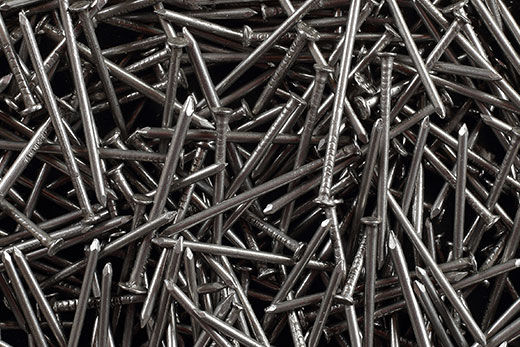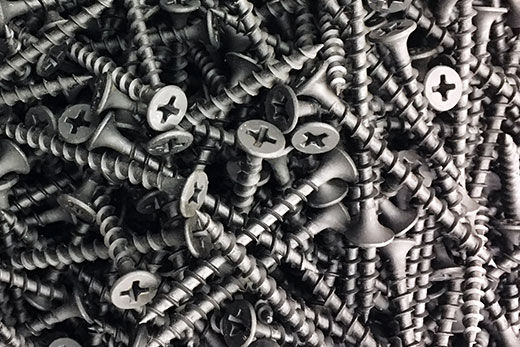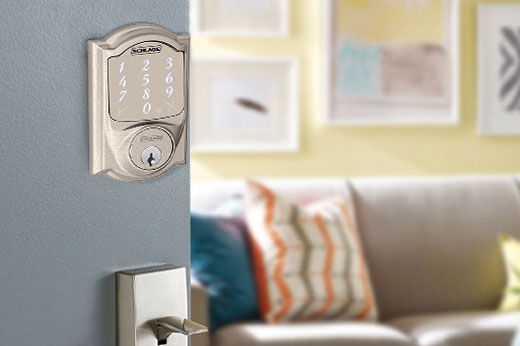While do-it-yourself projects can be fun and fulfilling, there is always a potential for personal injury or property damage. We strongly suggest that any project beyond your abilities be left to licensed professionals such as electricians, plumbers, and carpenters. Any action you take upon the information on this website is strictly at your own risk, and we assume no responsibility or liability for the contents of this article.
How to Remove a Stripped Screw
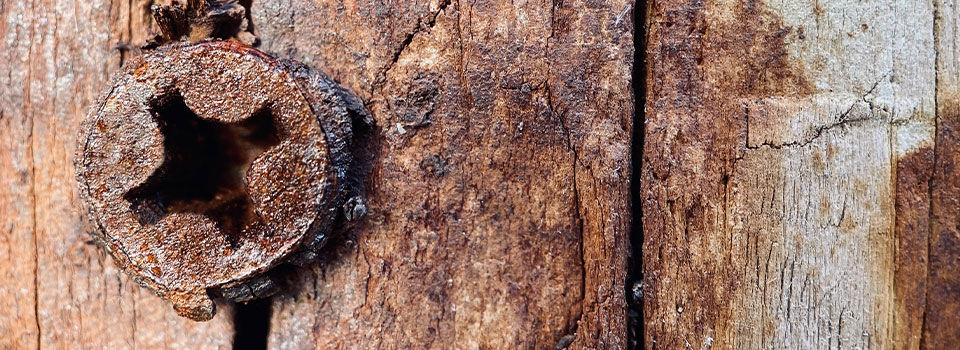
At some point in your journey of being a DIY homeowner or having any interest in carpentry and handy manning, chances are you will eventually encounter a stripped screw. A stripped screw is a pain but not impossible to deal with.
First, what’s a stripped screw? A stripped screw is a screw with a head that has become too damaged, bored out, or worn down so that the screw bit on your drill or screwdriver can no longer get a good grip.
The result? A stuck screw you can’t move. This can happen when using the wrong screw bit while screwing, working too fast, or trying to insert a screw at an unusual angle. It’s annoying when it happens, but just because you can’t get a grip on your stripped screw to extract it doesn’t mean it’s stuck forever.
Learn the step-by-step process of how to remove a screw with a stripped head using simple yet effective techniques.
Discover the best way to remove a stripped screw effortlessly with our guide featuring 8 effective methods, ensuring you tackle this task without a hassle.
1. Get Extra Grip with Pliers
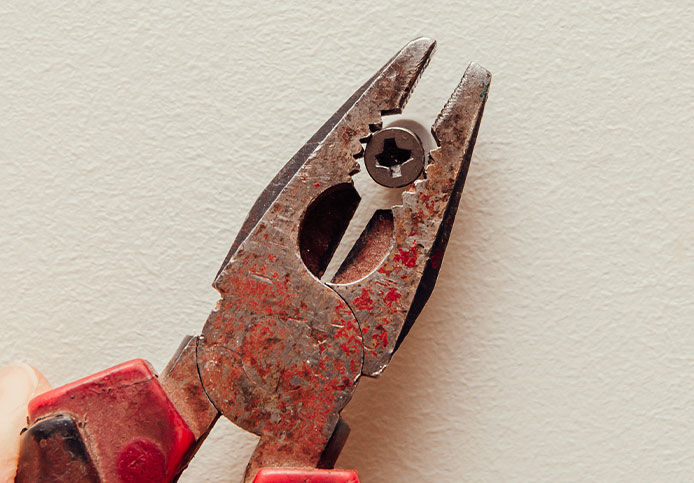
If the screw isn’t completely embedded in the piece of wood or metal, chances are you can wiggle it loose with a good pair of pliers. Choose a pair of vise-grip or locking pliers, grip the screw head, and turn until the screw comes loose and comes out easily. Pliers are usually the most reliable method of removing a stripped screw. Even if you can only grab a tiny bit of the screw head, usually with a good pair of pliers that’s enough to begin turning and loosening the screw.
2. Try a Rubber Band for Traction
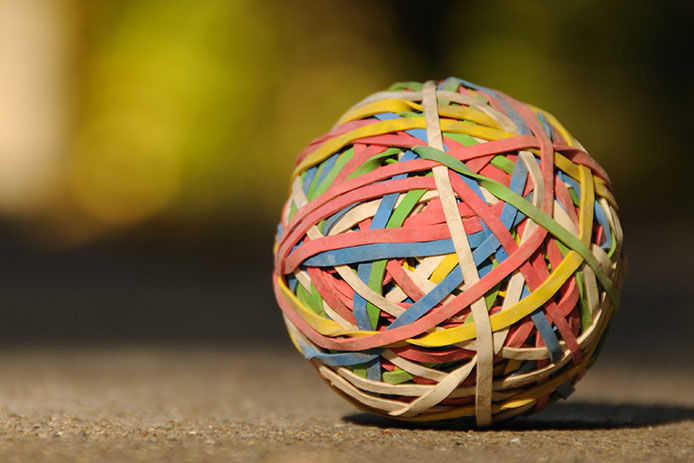
Grab a spare wide rubber band to use for getting your stripped screw loose. The rubber works well for providing the driver with a little extra grip and traction to get the stripped screw moving again. Take a wide rubber band and cut it with scissors to lay across the screw head. Using the rubber as traction, place the driver bit on top of the rubber band and press extra hard while turning the screw. This method usually works pretty well as the rubber offers ample grip to the screwdriver or drill bit.
3. Use a Flat Head Screwdriver

A standard flat head manual screwdriver is a handy tool to have and can be used for removing a stripped screw. You may need a little arm strength for this method, but by pressing hard with the flat head screwdriver at an angle, you can likely get into the stripped head and begin to pry it loose.
4. Switch to a Manual Screwdriver
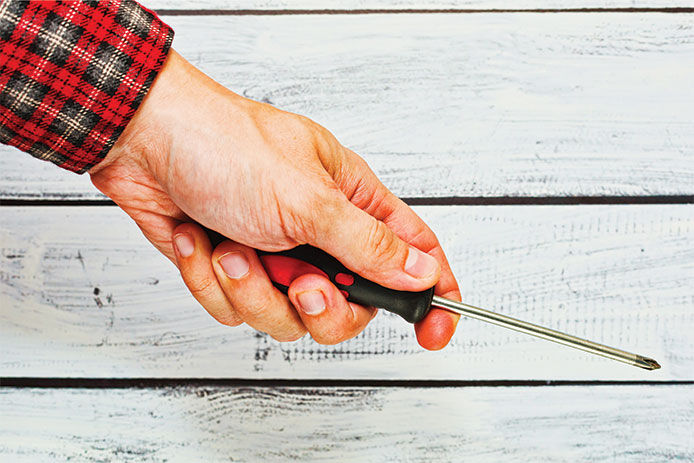
Many people strip their screws with an electric drill bit. Sometimes it’s easy, especially for beginners, for the drill bit to spring out of the screw head and strip it down. A drill can sometimes run away with you, giving you less control over screwing or removing a stripped screw. Use a manual screwdriver to try to extract the screw. Because manual screwdrivers offer more control than an electric drill, they are often the best way to easily remove a stripped screw.
5. Gain Control with Steel Wool
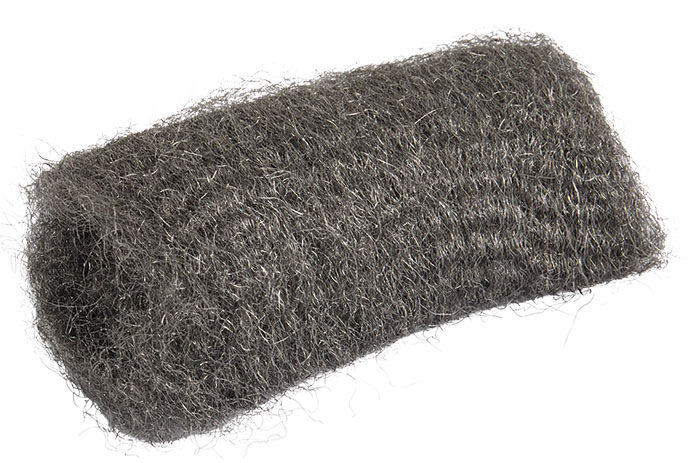
Similar to the rubber band method, using steel wool is a great way to add traction to a stripped screw to get a better grip on it. Use some steel wool between the screw head and the drill bit to increase traction and prevent the drill from rotating out of control. Just make sure you get the piece of steel wool into the stripped screw head to make sure this method works best.
6. Use a Hammer

Another way to help you get some traction with your stripped screw is to use a hammer to gently tap the handle of a manual screwdriver deeper into the stripped screw. Usually, this works by driving the drill bit deeper into the screw and allowing for you to have more traction and grip to get the stripped screw turning again.
7. If Nothing Else, Try a Screw Extractor Kit
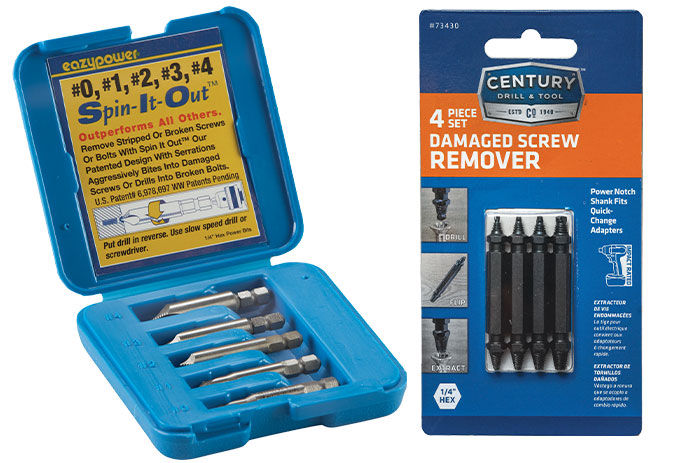
When all else fails, there’s always a kit for everything. A screw extractor kit is a special kind of drill bit that is designed for removing a stripped screw. One end of the extractor is for drilling into the stripped screw to create an impression. The other side of the bit is for extracting the screw. These kits are easy to find, simple to use, and affordable to buy, making them a DIY and carpentry staple.
8. Pour in Abrasive Powder
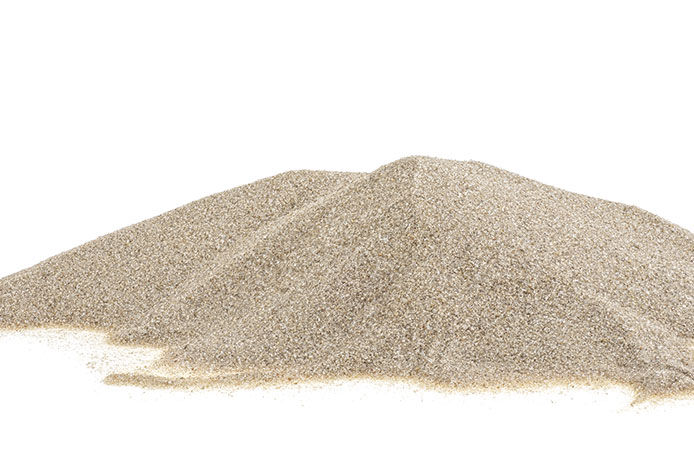
Similar to the rubber band and steel wool method, the abrasive powder approach creates more traction for you to get a better grip on your stripped screw and more easily twist it out. Apply a small amount of abrasive powder or even sand onto the stripped screw head and then apply the pressure of the drill bit over it. Try to slowly turn it out, making sure you’ve got a good grip on the stuck screw. Usually the powder or sand is enough to prevent the drill bit from slipping.
Bonus Tip!
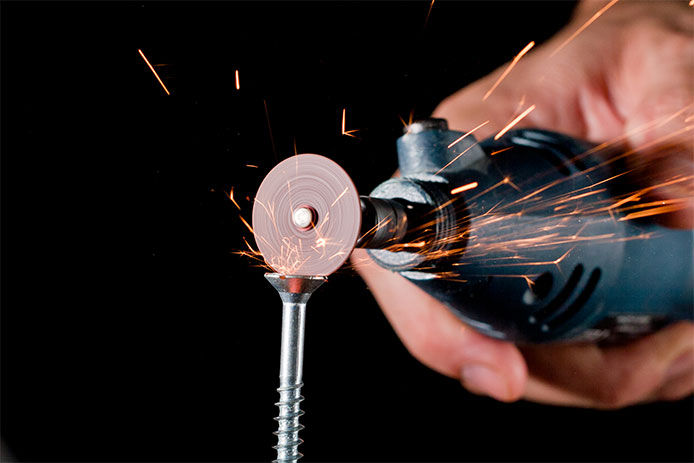
Add a Cut with a Rotary Tool
If the screw is too close to flush and one of the previous methods isn't working, then it's time to try the rotary tool trick. Start by putting a small cutting disk into a Dremel, or similar rotary tool, and cut a new slot into the head of the screw for a thin slotted screwdriver. Make sure you're careful not to scuff the surrounding surface! After making the cut, use a flathead screwdriver, press it firmly into the new indentation, and then twist slowly. This trick is best used for stuck round or pan head screws.
Stripped screws happen! But with these methods, you’re sure to find the best way for you to screw them out.
